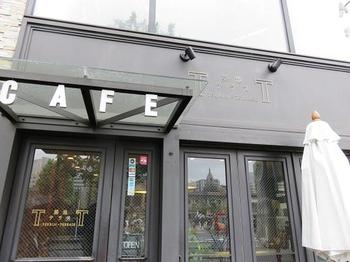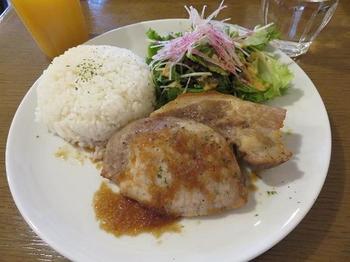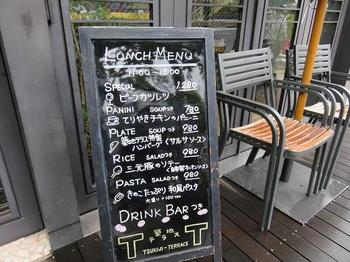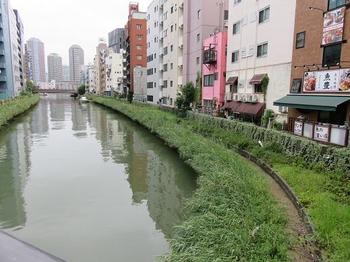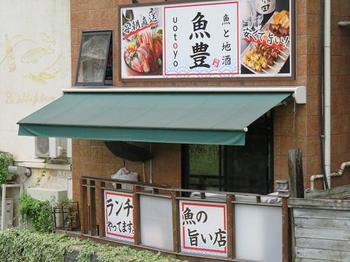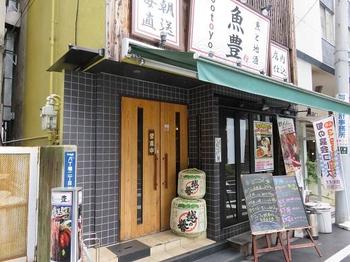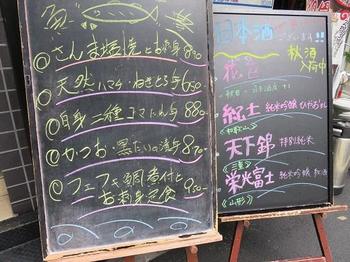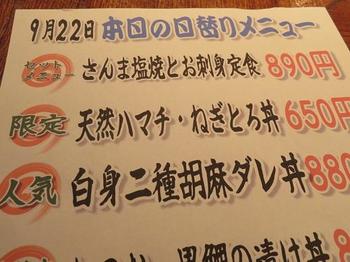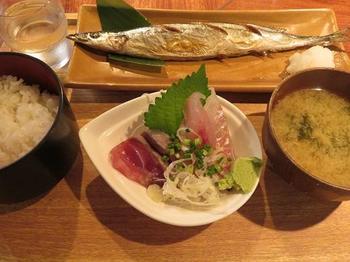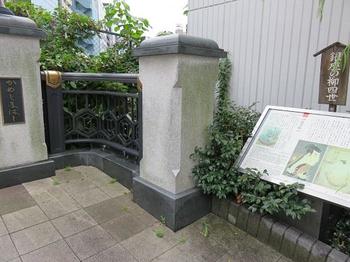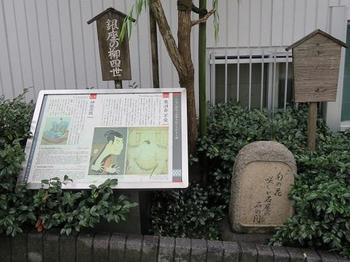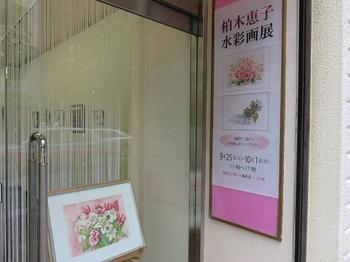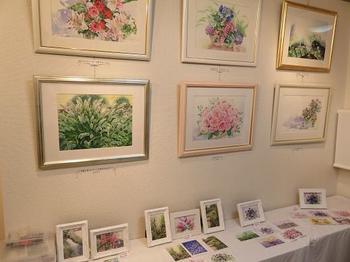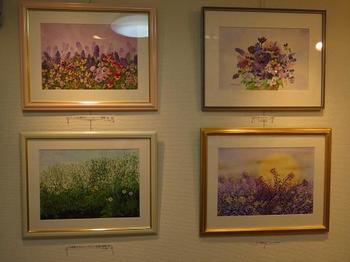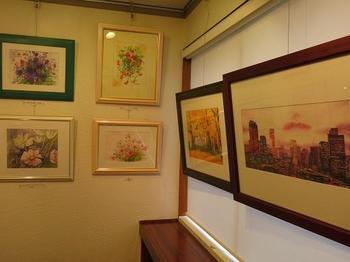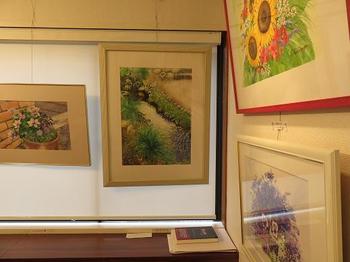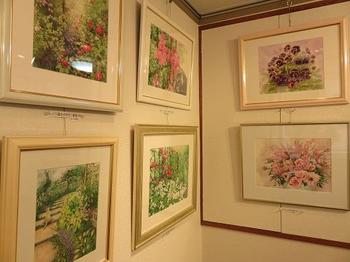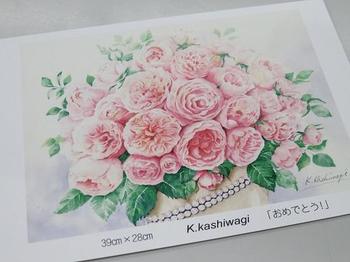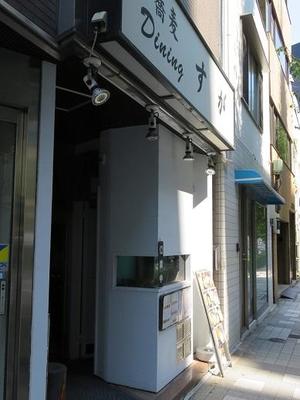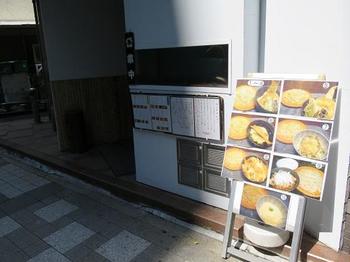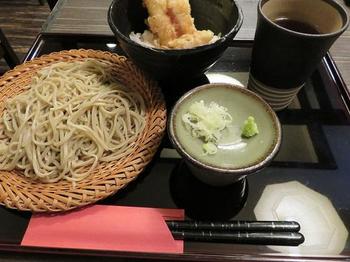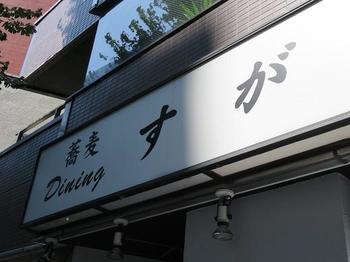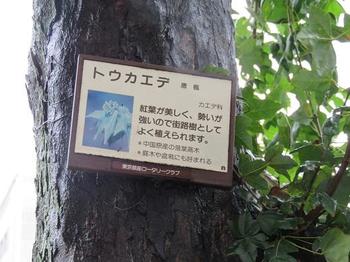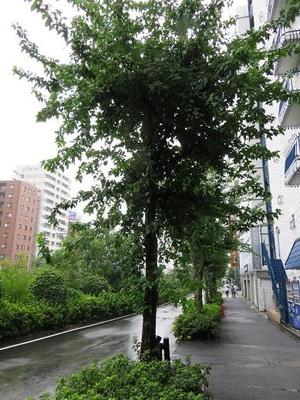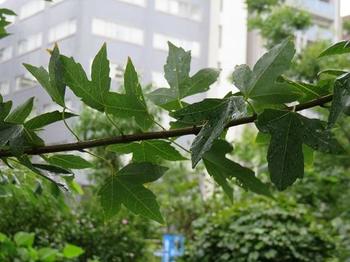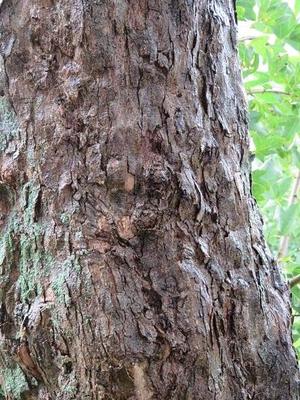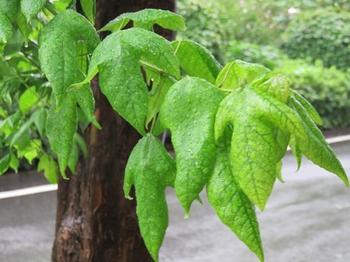Last month, I used it at a meeting of the company where I work.
The history of Shintomi-cho since the Meiji era, as well as the deliciousness of the dishes and the well-being, is wonderful, so I will cover the day again and introduce it on this blog.
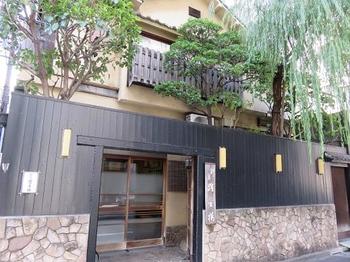
Founded in 1873.
It seems that this year marks the 145th anniversary of its founding.
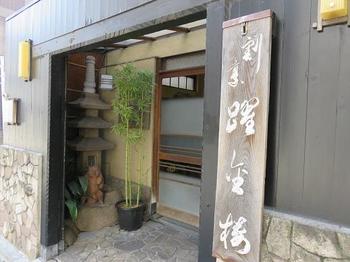
The name of the shop is written as "Daikinro" and read as "Tekkinro".
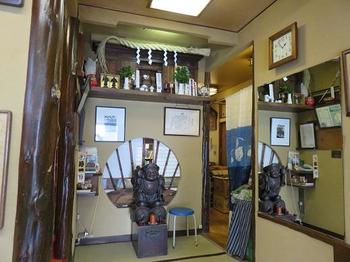
This is a passage from the "Yueyanglou" of Hanchuen, a poet from North Soong Province, China.
"Long Smoke Ichiku Kozuki Chiri Floating Floating Fleet Shadow"
It seems that it was named after it
It seems that it was entrusted with the thought that it was a shop that served lively dishes, like the waves shining by light to the appearance of fish scales jumping golden.

Certainly, that thought was inherited, and at the meeting last month, the “simmered Kichiji” that was served was really delicious.
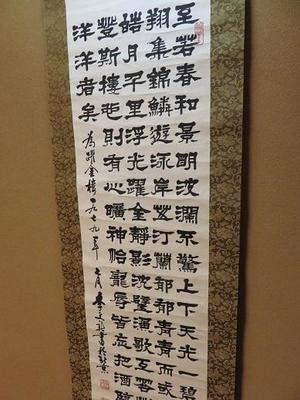
The hanging scroll of "Hyogo no Ma", tokonoma's "Yueyanglou"  and its parts of "Daikin"
and its parts of "Daikin"
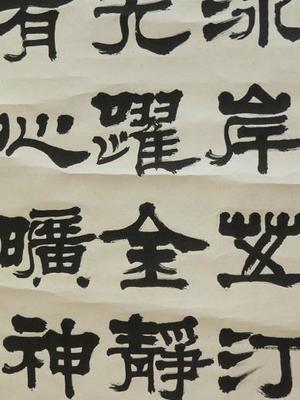
By the way, this "Yueyanglou" is also famous for the so-called "Koraku" word in the latter part, "I am worried about the worries of the world first and enjoy the peace of the world later" (knowledge of the politician).
Yueyanglou is located on the northeastern shore of Lake Dongfeng in Hunan Province, China, and is a large scenic area with the Yangtze River to the north.

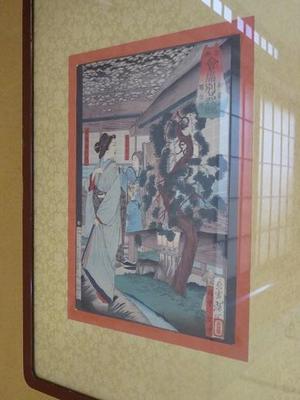
(1878 edition of "Akaiseki Betsushi Competition", Yoshitsuki Tsukioka, in the courtyard of Jinro)
The name of the shop is Tesshu Yamaoka.
Tesshu Yamaoka was one of the "Mifunes of late Tokugawa shogunate" and was a great man from late Tokugawa shogunate to Meiji, famous as a calligrapher, who led Edo Castle to bloodless opening.
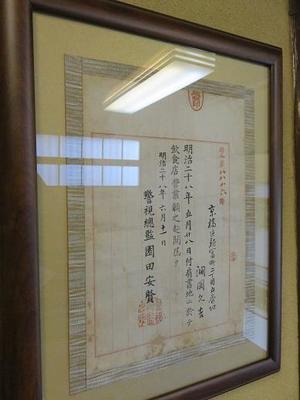
(Business license at the time of 1895)
The shop is decorated with venerable items that tell its history, and at last month's meeting, we were able to hear those explanations from the landlady.
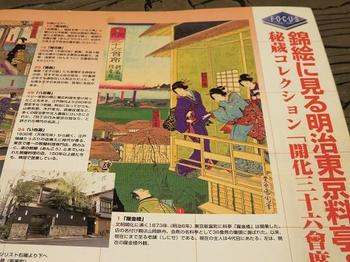
It seems that the restaurant was reputed so that it was selected as  one of the ukiyo-e "Flowing 36 Kaiseki", a gourmet guide at the time, written in the late Meiji era.
one of the ukiyo-e "Flowing 36 Kaiseki", a gourmet guide at the time, written in the late Meiji era.
The ukiyo-e is also displayed in the corridor of the shop, and is also used as a coaster of the shop, and was able to commemorate it (pictured below ).
).
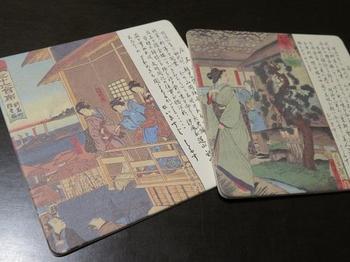
During the war, it was impossible to continue business in itself, and it was said that he had been moved to Ogikubo, but after the war, he returned to the place of a quaint Japanese house surrounded by the current black fence. It seems to be in 1949.
After that, the extension and renovation were repeated, and it was said that it was reached now.
This building has been selected as one of the Top 100 Modern Building Surveys in Chuo-ku, and is introduced as "a black fence restaurant building that conveys the remnants of Shintomi's Hanayanagi world."
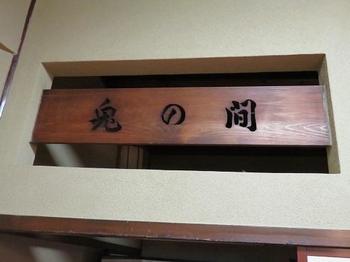
The parlor is used according to the number of customers, such as "Hall", "Rabbit", "Pinema", and "Hyoma". Each room has furnishings that make you feel the history.
"Pinema", and "Hyoma". Each room has furnishings that make you feel the history.

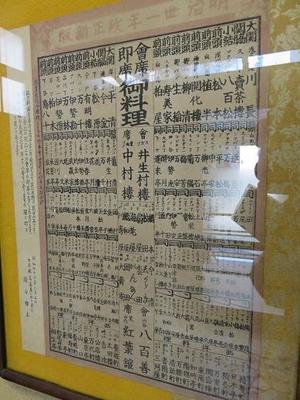
"Daikinro" (although the character of Yaku is different) which was also listed with the kaiseki dish number that appeared in 1898.
kaiseki dish number that appeared in 1898.
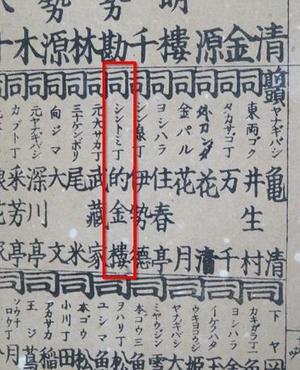
On the first floor, there is a counter-type "Stando Kappo cuisine" separate from Kappo cuisine.
separate from Kappo cuisine.
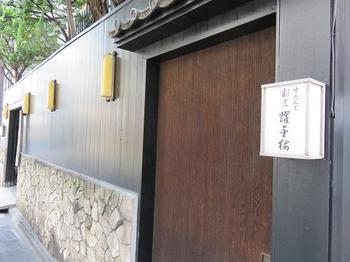
This is the Kappo cuisine restaurant of "History of Shintomicho itself" mentioned at the beginning.
You can feel the history just by passing in front of the shop.
Please drop in once.
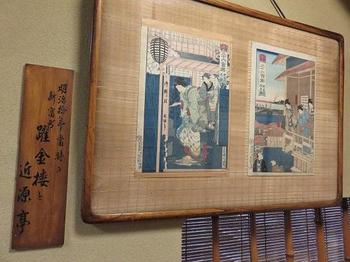
Regarding this interview, the landlady Tokiko Kanoka (Tanioka) gave a polite and polite explanation. Thank you very much  for your understanding.
for your understanding.
Thank you very much
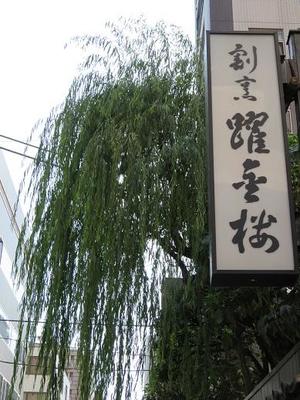
Click here for the details. ⇒
http://www.tekkinro.com/
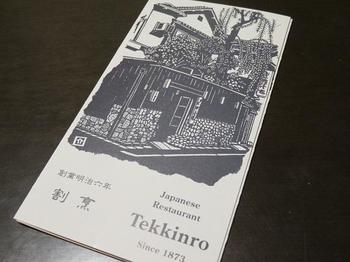
This building is introduced in the 100 Chuo-ku Modern Building Surveys. ⇒
http://www.city.chuo.lg.jp/bunka/timedomeakashi/
kindai_kentikubutu_tyousa/kindai45.html






![]()
![]()
![]() today again
today again![]()
![]()
![]()
![]() fat is also delicious.
fat is also delicious.![]()
![]() , so it's a great deal.
, so it's a great deal.![]() that combines three types of pigs
that combines three types of pigs![]() .
.![]()
![]()
![]() .
.![]()
![]()
![]()
![]()
![]()
![]()
![]()
![]() time use when Tsukiji Honganji is lit up
time use when Tsukiji Honganji is lit up![]()
![]()
![]() .
.![]()
![]()
![]()
![]()
![]()
![]()
![]()
![]()
![]()
![]()
